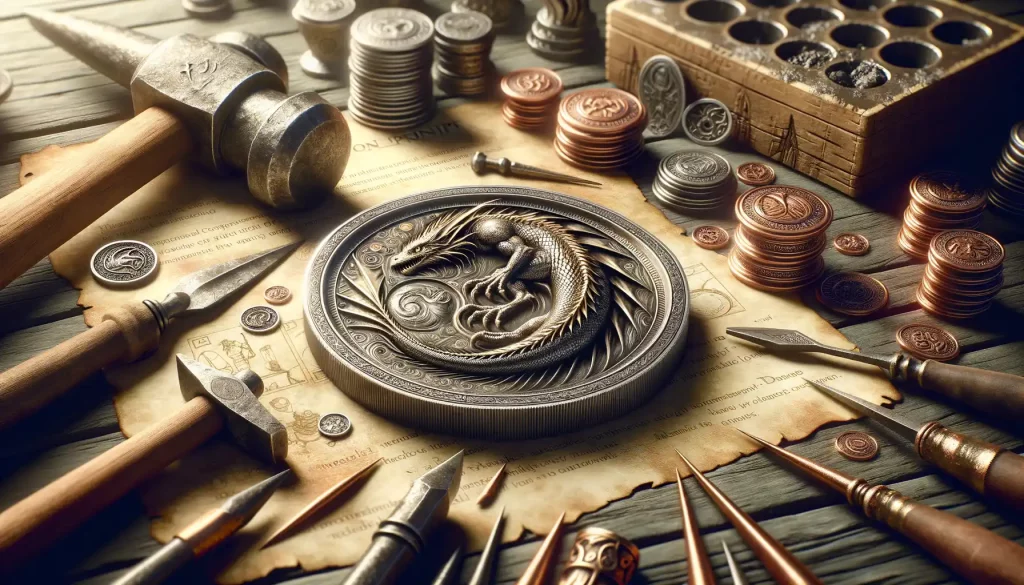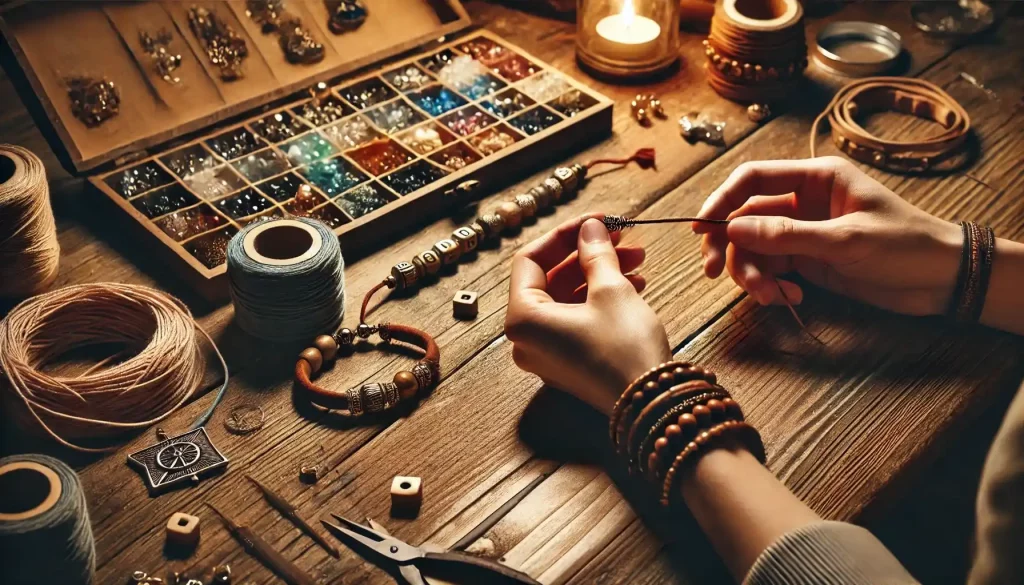Historical Context of Magical Symbols in Coinage
When Coins Were More Than Just Currency
Imagine clutching an ancient coin in your palm, its cool surface etched with mysterious designs—a crescent moon, a roaring lion, or a hand adorned with stars. These weren’t just decorative touches; they were symbols brimming with meaning, whispers of magic from another time. Ancient cultures infused their coinage with symbols that aimed to do more than pay for bread and wine—they sought to summon protection, fortune, or even divine favor.
Take the Romans, for example. They adorned denarii with images of gods like Jupiter or Mars, believing these coins carried the deity’s protective energy. In medieval Europe, coins bore crosses or sacred inscriptions, as though each one were a tiny talisman meant to ward off evil.
The idea was powerful: every time you handed over a coin, you weren’t just making a transaction—you were invoking unseen forces. It’s fascinating how something so small could hold centuries of superstition, hope, and belief in its engraved surface.
Symbolism and Cultural Representation in Coin Design
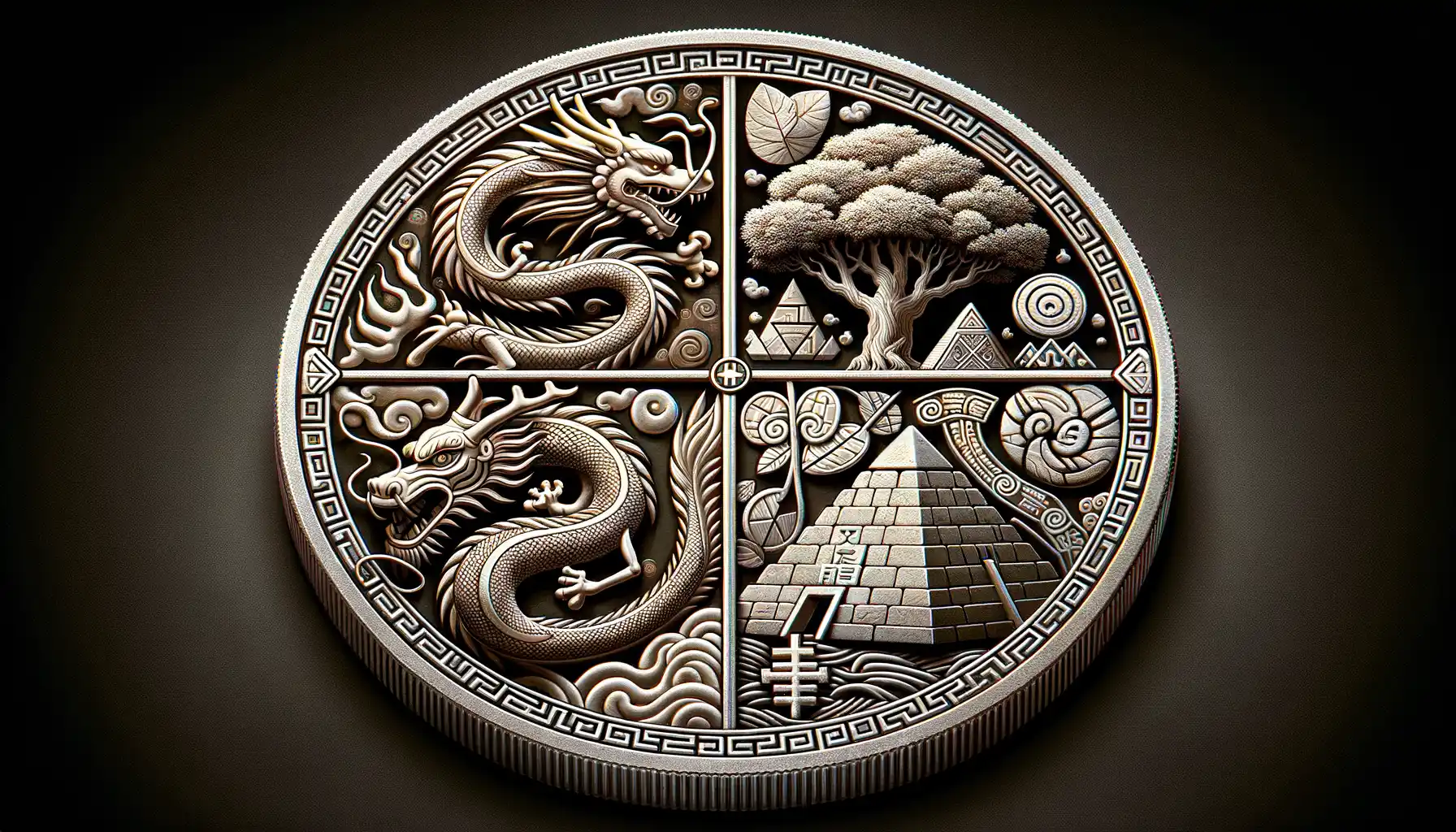
Coins as Mirrors of Cultural Identity
Coins are far more than chunks of metal—they’re storytellers, chroniclers of history infused with the hopes, fears, and beliefs of the cultures that create them. When you hold a coin adorned with a winged serpent or an intricate motif of stars, you’re holding a piece of someone’s imagination, their vision of the universe etched into permanence.
Different societies infuse their values and identities into coin designs. For instance:
- In ancient Greece, the owl symbolized Athena’s wisdom, a subtle nudge to prioritize intellect over brute force.
- In medieval Europe, coins often bore protective symbols like crosses or religious iconography, reflecting a need for spiritual safeguarding in uncertain times.
- Even today, modern coins may include national emblems or heraldic creatures, tying currency to cultural pride.
The Emotional Power of Symbolism
Symbols tug at heartstrings. A sunburst radiating across a coin can evoke renewal and vitality, while a crescent moon can whisper of mystery and untold possibilities. Magic in coin design isn’t just about mysticism—it’s about touching something primal. Take the lotus flower seen in Indian coins—its petals unfurling depict both spiritual awakening and prosperity.
What’s truly magical? These symbols transcend language. Whether it’s the swirl of Celtic knots or the fierce curves of a dragon’s tail, they speak directly to our shared human desire for meaning, protection, and beauty.
Types of Magical Symbols Used in Coins
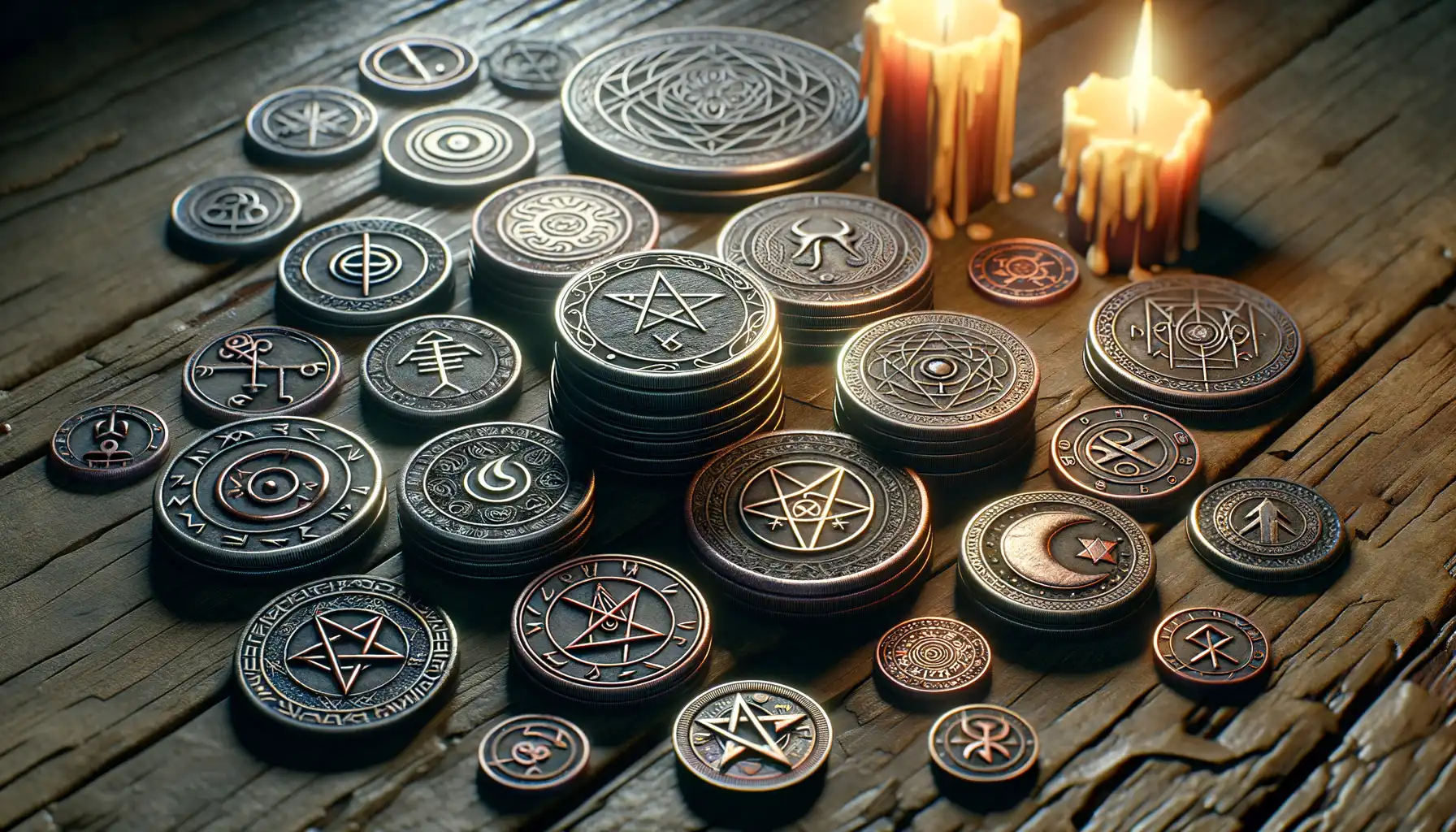
Enigmatic Creatures and Myths
Coins often carry the essence of ancient tales, with magical creatures and myths etched into their very surface. Have you ever held a coin featuring a fierce dragon or a serene phoenix? These aren’t just designs; they’re gateways to worlds of wonder! The dragon, for instance, brims with power, wealth, and protection, while the phoenix whispers of rebirth and immortality.
But that’s not all—consider the mystical unicorn, gracing coins in cultures that cherish purity and grace. Or how about the griffin—a majestic hybrid of lion and eagle—symbolizing courage blended with wisdom? These creatures had a purpose beyond art: they were talismans of good fortune, tucked into travelers’ bags or cherished by rulers as symbols of divine right.
- Dragons: Power, strength, and fiery energy.
- Phoenixes: Renewal, resilience, and eternal life.
- Griffins: Guardians of treasure, blending ferocity and intellect.
Arcane Geometry and Hidden Codes
Beyond creatures, coins sometimes reveal an intricate dance of sacred geometry and cryptic symbols. Ever noticed a perfect star on a coin or a spiral that seems to pull you inward? These patterns weren’t chosen at random—they reflect celestial movements, cosmic harmony, and even mathematical mysteries. The pentagram, for example, symbolized protection and balance in medieval times, while spirals echoed cycles of life and eternity.
Consider coins bearing interlocking circles, like the Vesica Piscis, a shape revered in ancient mysticism. Such designs were believed to connect the material and spiritual realms. Even positioning isn’t accidental—these symbols were placed intentionally to guide the energy flow through the coin, almost like a map of intention.
Coins are more than currency—they’re pocket-sized magic imbued with centuries of meaning. Who would think something so small could hold such grand sorcery within its curves and edges?
The Role of Magical Symbols in Modern Numismatics
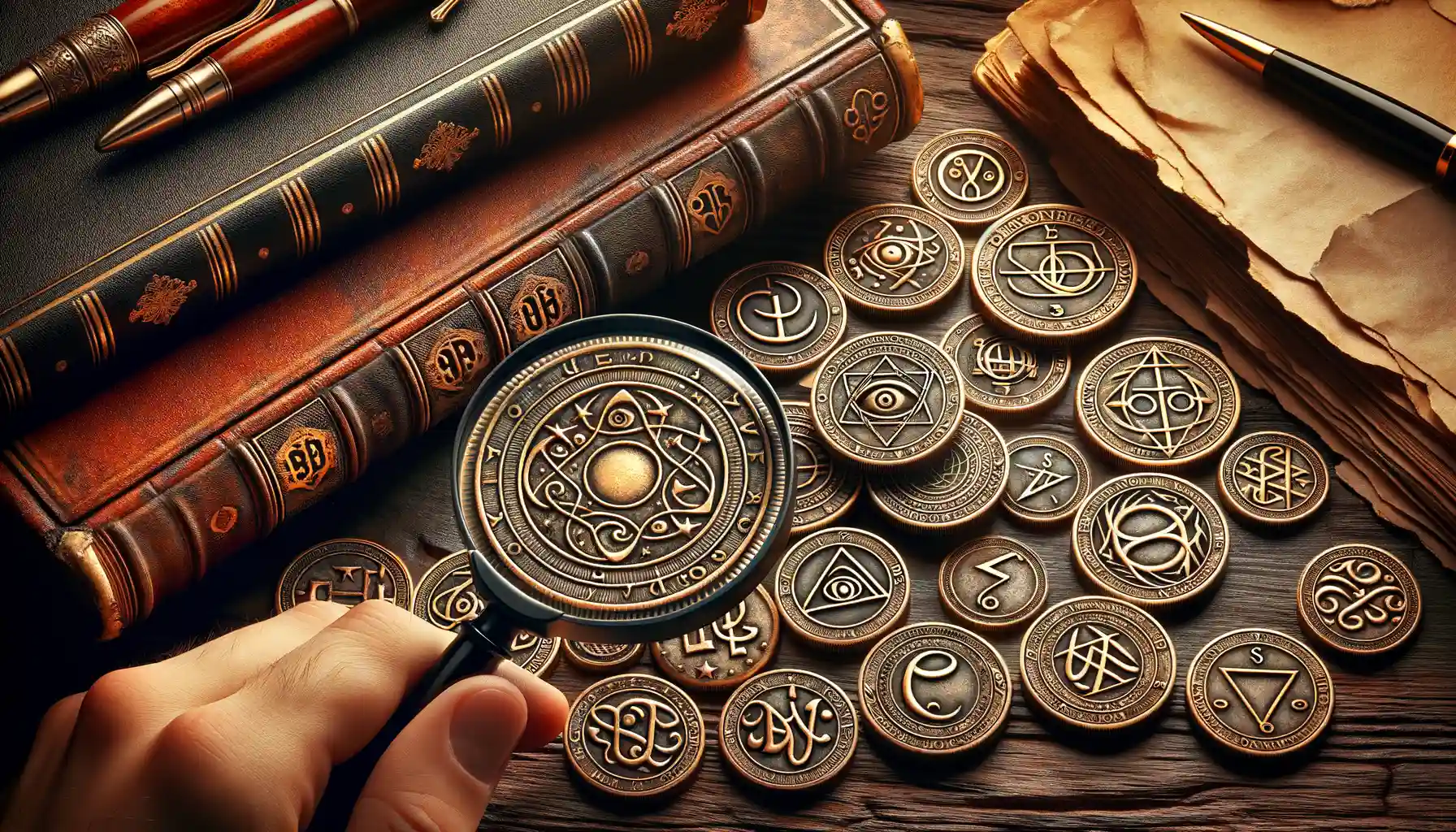
Where Ancient Mysticism Embraces Modern Coinage
Imagine holding a coin that whispers secrets of ancient wisdom while boldly reflecting the ethos of our modern world. This is the magic of incorporating mystical symbols into today’s numismatics. These aren’t just aesthetic touches—they’re stories frozen in time, gateways to cultures, and even talismans for the soul.
Take, for instance, coins embossed with the Tree of Life. This age-old emblem of growth and interconnectedness now often graces modern mints. It’s not simply about its roots in spiritual lore; in an era where sustainability and unity are paramount, the symbol resonates deeply. Or consider the Eye of Horus, an icon for protection that’s made a surprising comeback in anniversary and commemorative coin collections globally. It’s like these symbols have time-traveled through centuries to remind us of their power—and their relevance.
- Stars and constellations: Embody cosmic guidance and destiny, used frequently on celestial-themed coins.
- Runes or Celtic knots: Evoking mystery, heritage, and ancient rituals, perfect for collectors drawn to folklore.
In modern coinage, these symbols are more than decoration—they’re portals, pulling us into a realm where history, magic, and contemporary artistry intertwine.
How Magical Symbols Add Value to Coin Collecting
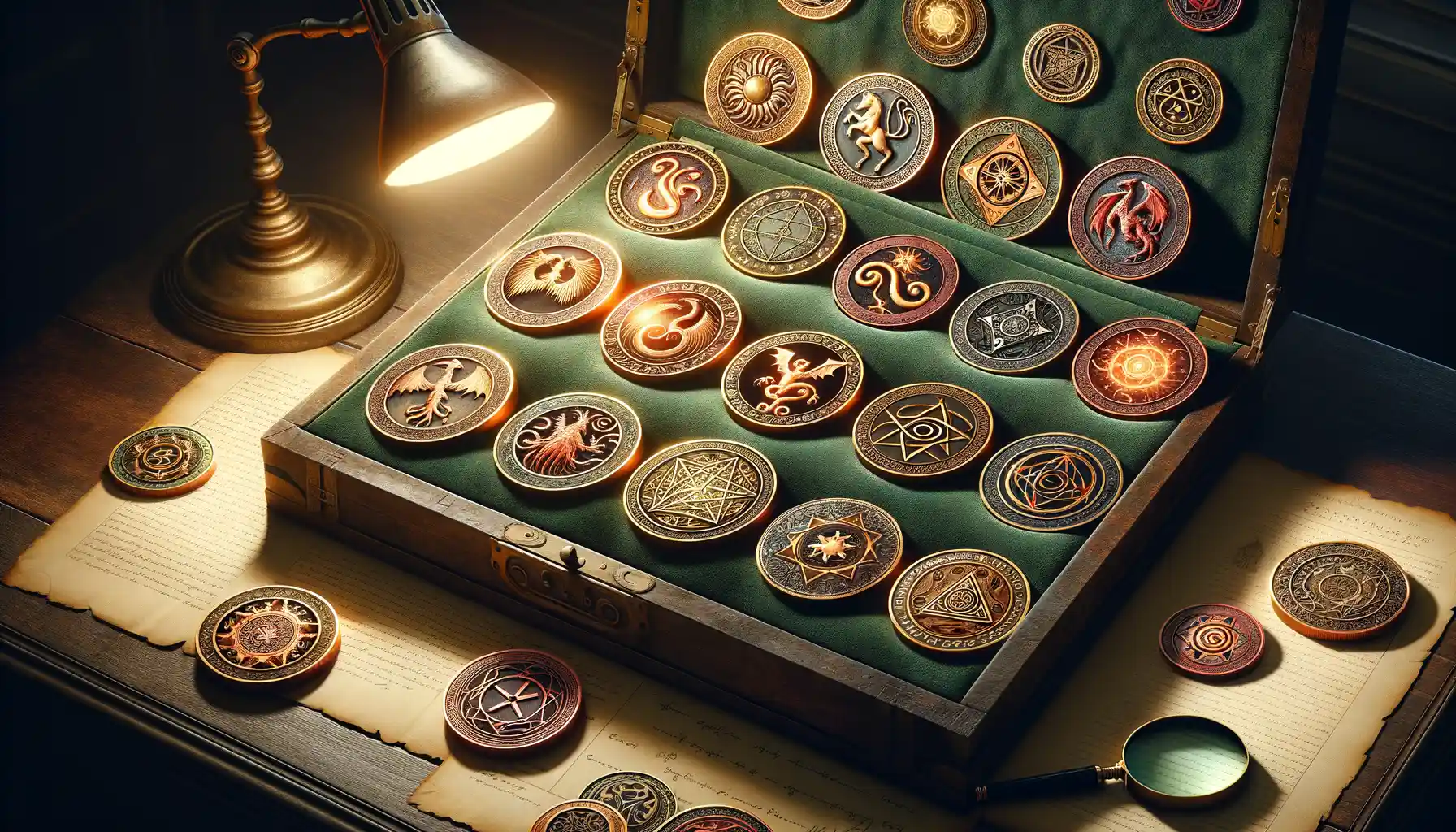
Unveiling the Hidden Stories in Your Coin Collection
The beauty of coin collecting isn’t just in rarity or craftsmanship—it’s in the *mystique* each piece carries. Coins adorned with magical symbols don’t just sit in your collection; they whisper tales of ancient rituals, cosmic beliefs, and cultural wonders. Imagine holding a coin etched with a pentagram, a symbol of protection and balance—doesn’t it feel like you’re touching something almost supernatural?
Magical symbols add layers of intrigue to your coins, making them more than just collectible objects. They transform into tiny, portable works of art that embody powerful meanings. Here are some ways these symbols amplify the joy of collecting:
- Historicity: Magical designs often link to fascinating historical moments, like solar symbols from alchemical traditions.
- Personal Connection: Some collectors feel a bond with symbols representing luck, love, or spiritual strength.
It’s not just owning history but connecting with humanity’s quest for understanding the universe. That makes every coin with magical markings an emotional talisman rather than mere metal. Doesn’t that elevate the experience of your collection?

